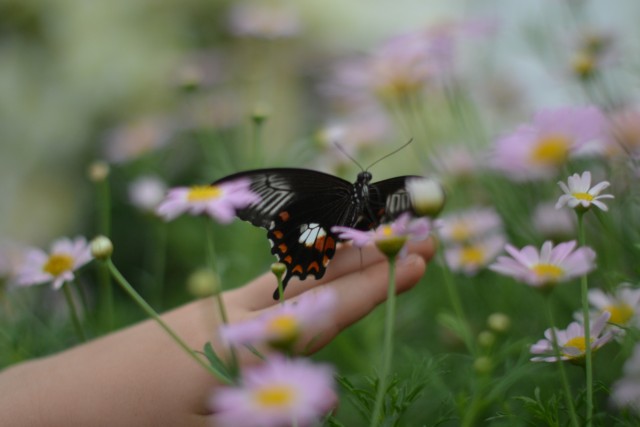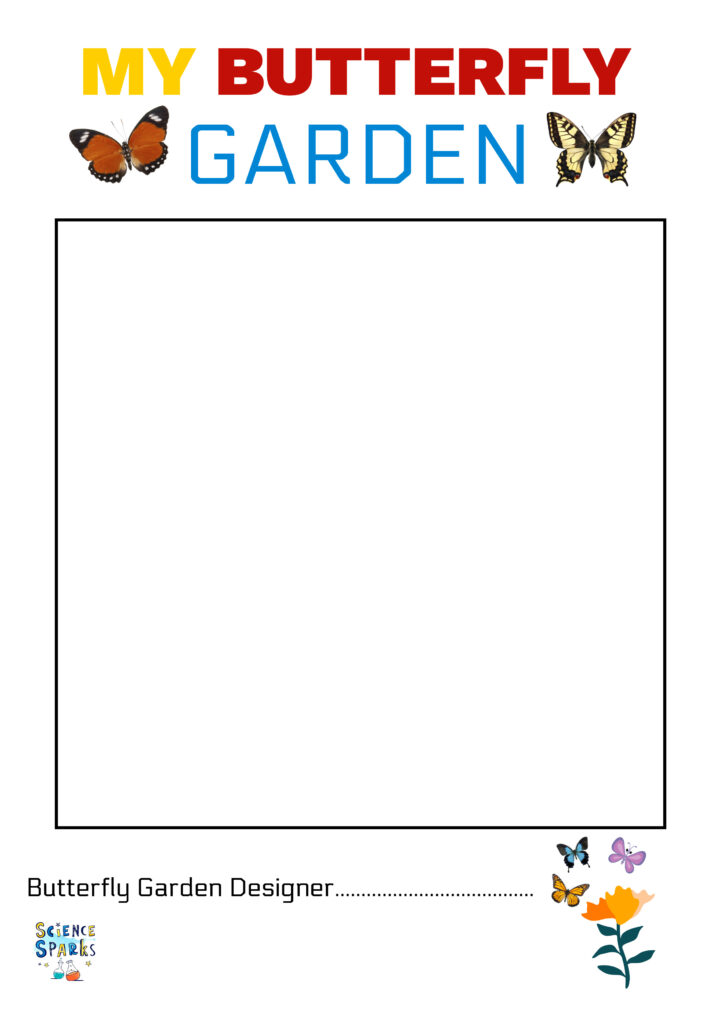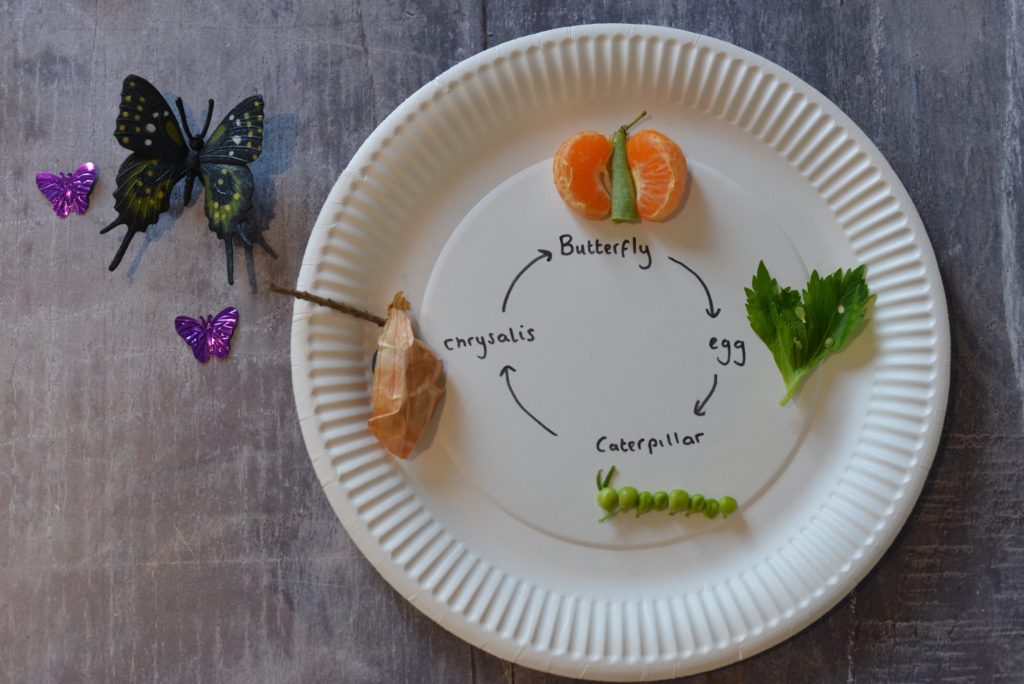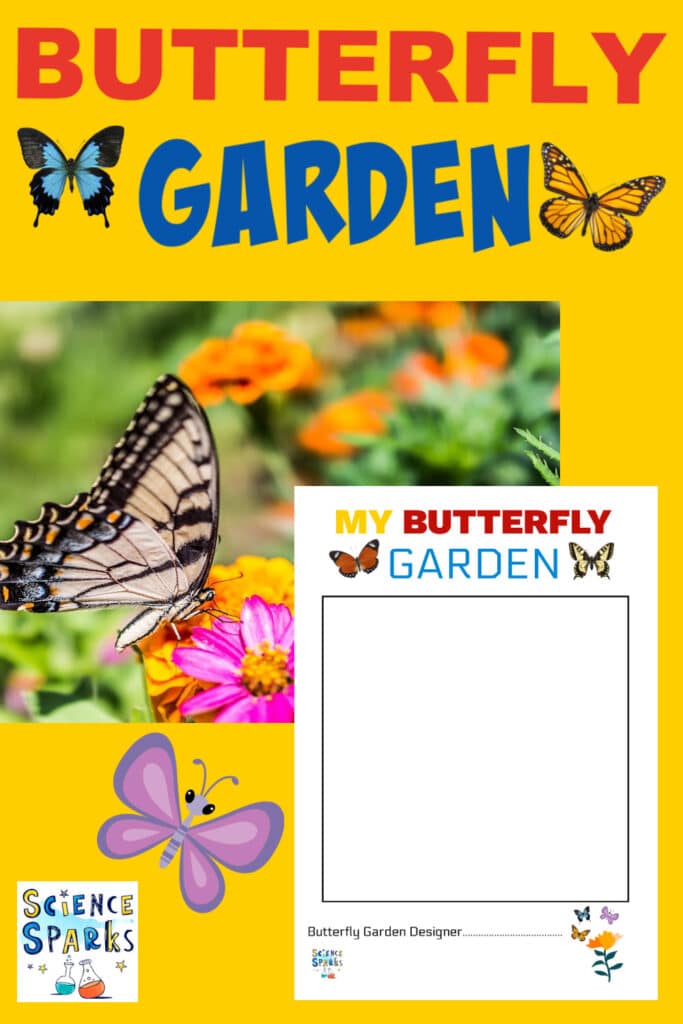Butterflies play a vital role in the natural world and are crucial to healthy ecosystems. Caterpillars eat plant matter and are a food source for many animals. Butterflies are important for pollination and also an integral part of the food chain.
Butterflies are known to be sensitive to environmental changes, and their population numbers are a good indicator of either negative or positive environmental changes.
You can easily encourage butterflies to your garden by creating an area with butterfly-friendly flowers, water, and shade.
If you don’t want to spend the time and money creating a new butterfly garden, letting an area grow wild for the spring is a great alternative.

Why do we need butterflies?
Pollination
Butterflies are important pollinators. As they feed on nectar in flowers, they carry pollen from flower to flower. Pollination is essential for plant reproduction and diversity.
Food Chain
Butterflies and caterpillars are an important food source for many animals. Birds, spiders, lizards and frogs are examples of animals that eat caterpillars.
Birds, spiders, bats and frogs are examples of animals that eat butterflies.
Top tips for creating a butterfly friendly garden
A butterfly friendly garden should be diverse with a mix of colours and types of flowers. Choose flowers that bloom at different times of year so there’s a constant source of food.
Use my handy design sheet to create your own butterfly garden. Add different coloured flowers, rocks for the butterflies to rest on, shade from the sun, and somewhere for them to lay eggs.

1. Location
Butterflies love the sun. Choose a sunny spot for your butterfly garden.
2. Choose caterpillar friendly plants
Start with caterpillars! Butterflies need nectar from flowering plants for food, but also somewhere for their caterpillars to thrive.
Caterpillar friendly plants
Milkweed
Parsley
Violets
Thistles
Butterfly friendly plants
Lavender
French Marigold
Echinacea ( Coneflower )
Marjoram
Buddleia
Primroses
3. Water
Add a shallow dish of water so butterflies have a drinking source.
4. Avoid pesticides
Pesticides are harmful to insects, natural pest control methods are better. One idea is to encourage ladybirds ( ladybugs ). Ladybirds are great for helping control aphid populations, which can decimate plants.
5. Shelter
Add areas of shade and shelter to protect butterflies from the wind. Butterflies also like to rest on smooth rocks.
Learn more about butterflies
Create an edible butterfly lifecycle. This is a brilliant visual way to learn about metamorphosis.

Read about why UK butterfly populations are in decline.
Find out why butterflies are brightly coloured.

Last Updated on April 3, 2025 by Emma Vanstone

Leave a Reply